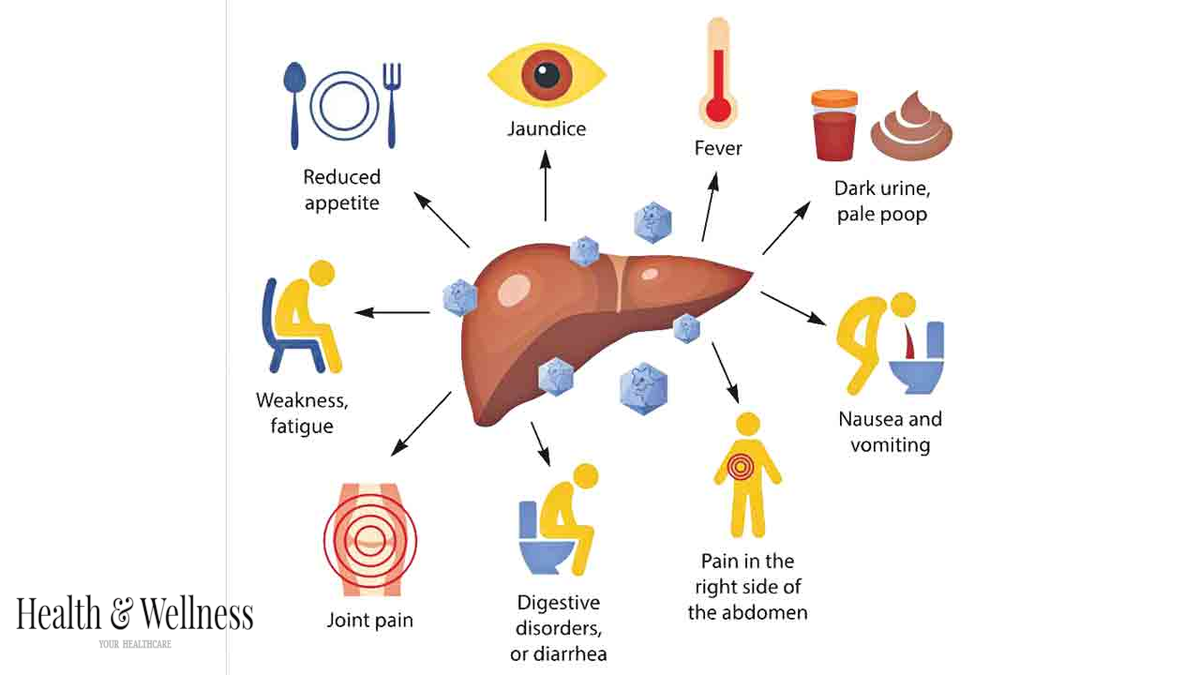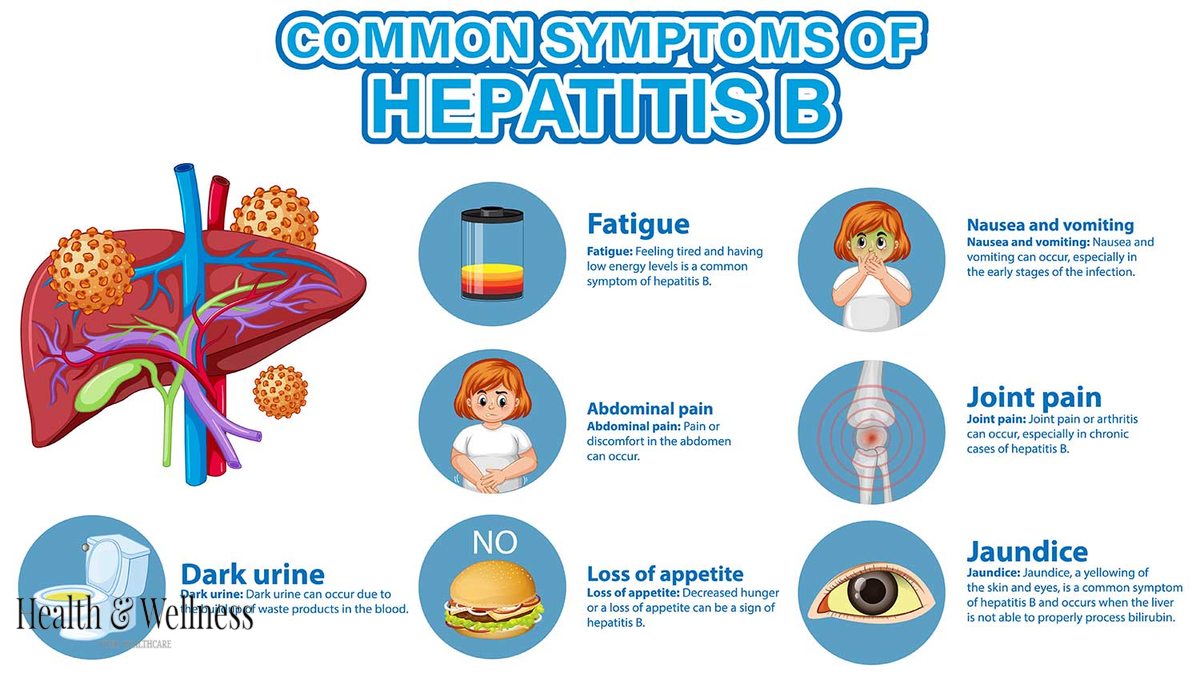Understanding Hepatitis: A Guide to the Symptoms of Types A, B, C, D & E

Understanding Hepatitis: A Guide to the Symptoms of Types A, B, C, D & E
I remember this one time, sitting at a roadside chai stall in Mumbai during the monsoon. The air was thick, smelling of wet earth and frying samosas. Across the little lane, I saw a guy I vaguely knew from the neighbourhood. And something was… off. His eyes, usually a deep brown, had a distinct yellow tinge. His skin looked sallow, tired. Someone next to me muttered, “Jaundice.” And everyone instinctively knew what that meant: a problem with the liver. In India, that’s a conversation starter, and it almost always leads to one word: Hepatitis.
But here’s the thing. Saying “Hepatitis” is a bit like saying “fever.” It tells you something is wrong, but it doesn’t tell you the whole story. Not even close. It’s a family of viruses, an alphabet soup of troublemakers (A, B, C, D, and E), each with its own personality, its own way of getting in, and its own special brand of chaos. The initial Hepatitis symptoms can look suspiciously similar, which is frustratingly unhelpful. So, let’s sit down, grab a virtual chai, and untangle this a bit. Because knowing the players in this game is the first step to protecting that silent, hardworking hero inside you—your liver.

The Usual Suspects: Hepatitis A and E – The Water-Borne Worries
Let’s start with the ones you’ve most likely heard about, especially if you love street food as much as I do. Hepatitis A and E are the cousins in the family. They travel the same way: the fecal-oral route. It sounds gross, I know. But it just means they spread through contaminated food and water. Think a pani puri vendor with less-than-spotless hygiene or drinking water from a source that’s been compromised during heavy rains.
When these guys hit, you’ll know it. It’s not subtle. The feeling is less a gentle sickness and more like being run over by a slow-moving truck. You get a sudden fever, you’re exhausted beyond belief, your stomach is in knots, and the thought of food makes you want to gag. And then, the most famous sign appears: jaundice. That’s the yellowing of the skin and eyes. It’s your liver screaming for help, unable to process bilirubin properly. Your pee might turn a dark, tea-like colour, and your stool might be pale or clay-coloured. Classic Jaundice symptoms.
The good news? And there is good news. For most healthy people, A and E are acute infections. This means they’re a miserable, short-term affair. Your body’s immune system, with a bit of rest and proper care, usually kicks them out after a few weeks or months. They don’t typically lead to a chronic, long-term liver infection symptoms. (The exception is Hepatitis E in pregnant women or immunocompromised people, where it can be much more severe, a point worth remembering.)
The Heavyweights: Understanding Hepatitis B and C
And now we move to the more serious side of the family. If A and E are street brawlers that hit hard and fast, then Hepatitis B and Hepatitis C are silent assassins. These are the ones that can lead to chronic disease, sticking around for a lifetime if left unchecked.
Their mode of transport is different, too. Forget the water bottle; think blood. These viruses are transmitted through infected blood and certain bodily fluids. This could be through sharing needles, unsafe medical procedures, from a mother to her baby during birth, or unprotected sex. The stigma around this is immense, but we need to get past that. This is a medical issue, plain and simple.
Here’s the truly scary part. After an initial, often mild (or even non-existent) acute phase, these viruses can go into stealth mode. You might feel perfectly fine for years. Decades, even. All the while, the virus is quietly, relentlessly damaging your liver, causing inflammation that can lead to scarring (cirrhosis), liver failure, or even liver cancer. People walk around with it, completely unaware, while their liver is fighting a losing battle. There’s a lot to learn about dealing with health challenges, and sometimes insights come from unexpected places, like understanding how people cope after stopping antidepressants, which shows how deeply our physical and mental health are connected.
The difference between Hepatitis A and B is stark in this regard. One is a temporary storm; the other can be a lifelong siege. That’s why testing is so critical.
And What About Hepatitis D? The Odd One Out.
This one fascinates me. Hepatitis D, or the Delta virus, is what you’d call an incomplete virus. It’s a bit of a freeloader. It can’t infect you on its own. It needs Hepatitis B to do its dirty work. Think of it this way: Hepatitis B is the getaway car, and Hepatitis D is the extra passenger that makes everything ten times worse.
A person must have Hepatitis B to get Hepatitis D. If you get both at the same time (a co-infection), it can cause a severe acute illness. But if you already have chronic Hepatitis B and then get D (a superinfection), it’s a fast track to more serious liver disease. It’s a complication we need to be aware of, a reminder of how these viruses can team up against our bodies.
So, How Do You Tell Them Apart? (Spoiler: You Don’t)
So after all that, you might be wondering, “Can I tell which one I have just from the symptoms?” And the honest, slightly frustrating answer is no, you really can’t. The initial presentation—the fatigue, nausea, abdominal pain, and the tell-tale jaundice—is the body’s generic “My Liver is Under Attack!” signal. It’s the same alarm for almost every type.
Let me say that again because it’s the most crucial point in this whole chat. You cannot self-diagnose the type of Hepatitis based on how you feel. It’s impossible.
The only way to know for sure is to see a doctor and get a blood test. They’ll run a specific panel of tests called a hepatitis panel, which looks for antigens and antibodies related to each virus. This tells them not only if you have Hepatitis but exactly which type you’re dealing with. And that is everything. Because the treatment, the outlook, and the steps for Hepatitis prevention to protect others are wildly different for each one. Don’t play guessing games with your health; modern medicine, as highlighted by organizations like the World Health Organization, has the tools to give you clear answers.
Your liver does so much for you, from filtering toxins to helping digest that wonderful biryani. It works 24/7 without a single complaint. When it finally sends up a flare like jaundice, it’s a plea for you to get professional help. Listening to that plea and getting a proper diagnosis is the best thing you can do. It’s about taking proactive steps for your well-being, much like considering the medical advantages of ginger or other natural health boosters. Your liver deserves that much.
Your Questions Answered
How do I know if I need to get tested for Hepatitis?
Honestly, it’s better to be safe than sorry. You should definitely get tested if you develop any classic Jaundice symptoms like yellow skin or eyes, or dark urine. But also consider testing if you have risk factors for chronic types (B and C), like if you received a blood transfusion before 1992, have shared needles, or have a family member with chronic Hepatitis. Since chronic Hepatitis can be silent for years, testing is the only way to catch it early.
Is jaundice always a sign of Hepatitis?
That’s a great question. While Hepatitis is a very common cause, jaundice itself is a symptom, not a disease. It’s a sign that your liver isn’t clearing bilirubin from your blood properly. This can be caused by other things too, like gallstones, alcoholism, certain medications, or even some cancers. So, while jaundice should send you straight to the doctor with Hepatitis on your mind, only a proper diagnosis from a source like the National Health Portal of India can confirm the actual cause.
Why do they call Hepatitis C the “silent epidemic”?
It’s called the “silent epidemic” because the vast majority of people with chronic Hepatitis C have no symptoms for decades. They feel fine. They look fine. But internally, the virus is slowly causing liver damage. People can live for 20 or 30 years without knowing they’re infected, all while potentially transmitting it to others. By the time symptoms like severe fatigue or jaundice appear, the liver damage can be quite advanced. This silence is what makes widespread awareness and testing so incredibly important.
If the symptoms are so similar, why is understanding Hepatitis: a guide to the symptoms of types A, B, C, D & E so important?
Because what happens *after* the symptoms is completely different. Understanding the potential paths each virus can take is critical. Knowing that A and E are usually short-term illnesses can reduce panic, while knowing that B and C can become chronic, life-threatening conditions pushes you to seek definitive testing and long-term care. The initial symptoms are just the first chapter; knowing about the different types helps you understand the whole story and why you must see a doctor to find out which story is yours.






